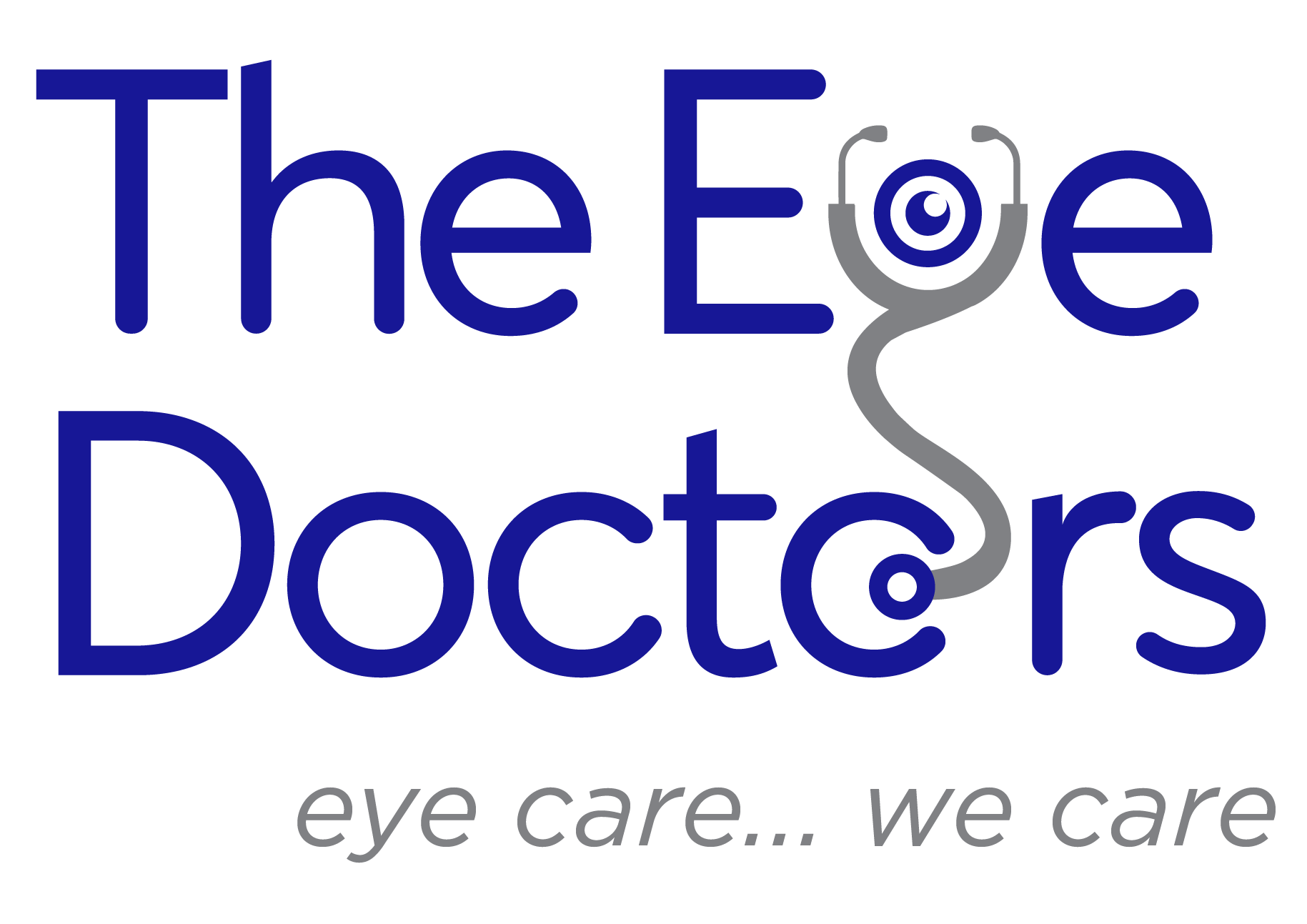Refractive Errors
Refractive error is a type of vision problem that makes it hard to see clearly. This is because images you see are not focused sharply on the retina. This is quite common and can be easily addressed by provision of spectacles.
Symptoms
- Blurred vision
- Difficulty reading or seeing up close
- Crossing of the eyes in children (esotropia)
What are the types of refractive errors?
There are 4 common types of refractive errors:
- Nearsightedness (myopia) makes far objects look blurry
- Farsightedness (hyperopia) makes near objects look blurry
- Astigmatism can make far and near objects look blurry or distorted
- Presbyopia makes it hard for middle-aged and older adults to see things up close
Overuse of the eyes does not cause or worsen refractive error. The causes of the main types of refractive error are described below:
- Myopia (close objects are clear, and distant objects are blurry). Myopia is usually inherited and discovered in childhood. Myopia often progresses throughout the teenage years when the body is growing rapidly
- Hyperopia (close objects are more blurry than distant objects). Hyperopia can also be inherited. Children often have hyperopia, which may lessen as they grow older. In mild hyperopia, distance vision is clear while near vision is blurry. In more advanced hyperopia, vision can be blurred at all distances.
- Astigmatism ; usually occurs when the front surface of the eye, the cornea, has an irregular curvature. Normally the cornea is smooth and equally curved in all directions, and light entering the cornea is focused equally on all planes, or in all directions. In astigmatism, the front surface of the cornea is curved more in one direction than in another. This abnormality may result in vision that is much like looking into a distorted, wavy mirror. Usually, astigmatism causes blurred vision at all distances.
- Presbyopia (aging of the lens in the eye). After age 40, the lens of the eye becomes more rigid and loses its flexibility. As a result, the eye loses its focusing ability and it becomes more difficult to read at close range. This normal aging process of the lens can also be combined with myopia, hyperopia or astigmatism.
People with high degrees of myopia have a higher risk of retinal detachment which may require surgical repair.
Tests and Diagnosis
A refractive error can be diagnosed by an eye care professional during a routine eye examination.
Treatment and Drugs
Refractive disorders are commonly treated using corrective lenses, such as eyeglasses or contact lenses. Refractive surgery (such as LASIK) can also be used to correct some refractive disorders. Presbyopia, in the absence of any other refractive error, can sometimes be treated with reading glasses. There is no way to slow down or reverse presbyopia.
